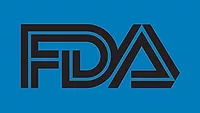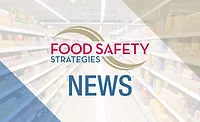FDA Announces Final Rule for Laboratory Accreditation for Analyses of Foods

The U.S. Food and Drug Administration (FDA) has issued a final rule on the Laboratory Accreditation for Analyses of Foods (LAAF) program, establishing laboratory accreditation as required by the Food Safety Modernization Act (FSMA).
Under the program, FDA will recognize accreditation bodies (ABs) that will accredit food testing laboratories to standards established in the final rule. The final rule details the eligibility requirements that ABs and laboratories will need to adhere to in order to participate in the program, as well as FDA procedures for managing and overseeing the program.
Food testing, including environmental testing, is mostly completed by private laboratories that may conform to a variety of standards and be subject to many different levels of oversight. Once the LAAF program is fully implemented, only LAAF-accredited laboratories will be able to conduct food testing in certain circumstances that are defined in the final rule.
The LAAF program will cover food testing:
- To support removal of a food from an import alert through successful consecutive testing requirements
- To support admission of an imported food detained at the border because it is, or appears to be, in violation of the Federal Food, Drug, and Cosmetic Act
- Required by existing FDA food safety regulations, when applied to address an identified or suspected food safety problem (i.e., certain tests of shell eggs, sprouts, and bottled drinking water)
- Required by a directed food laboratory order, a new procedure being implemented in this final rule that will allow FDA to require use of a LAAF-accredited laboratory to address an identified or suspected food safety problem in certain, rare circumstances
- Conducted in connection with certain administrative processes such as testing submitted in connection with an appeal of an administrative detention order.
The establishment of the LAAF program will increase the FDA’s capacity to protect U.S. consumers from unsafe food by improving the accuracy and reliability of certain food testing through the uniformity of standards and enhanced oversight of participating laboratories.
Looking for quick answers on food safety topics?
Try Ask FSM, our new smart AI search tool.
Ask FSM →








